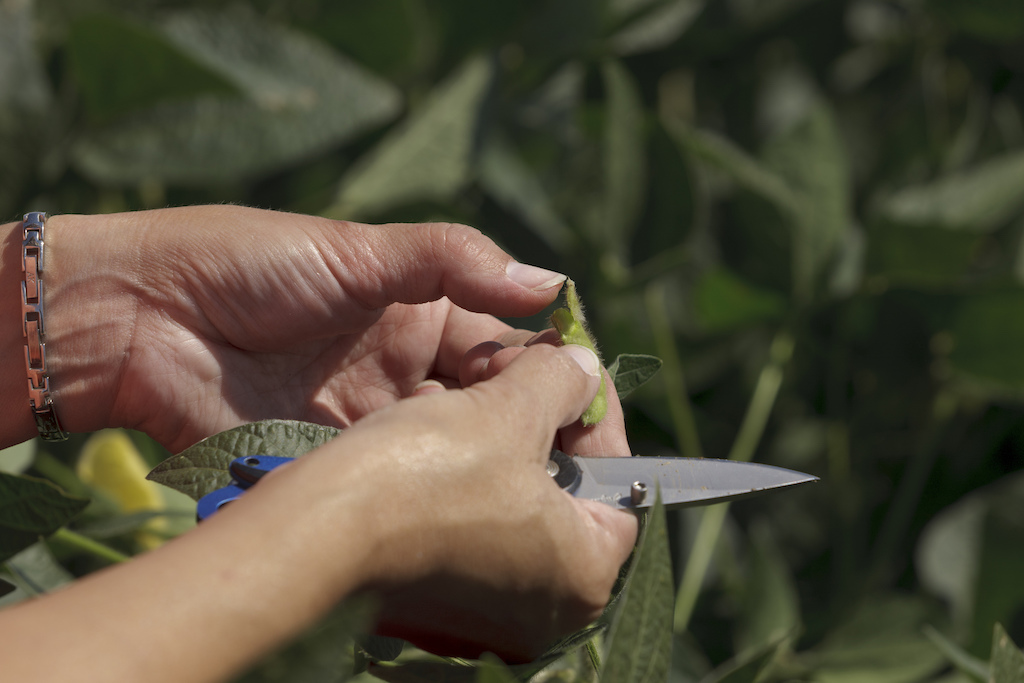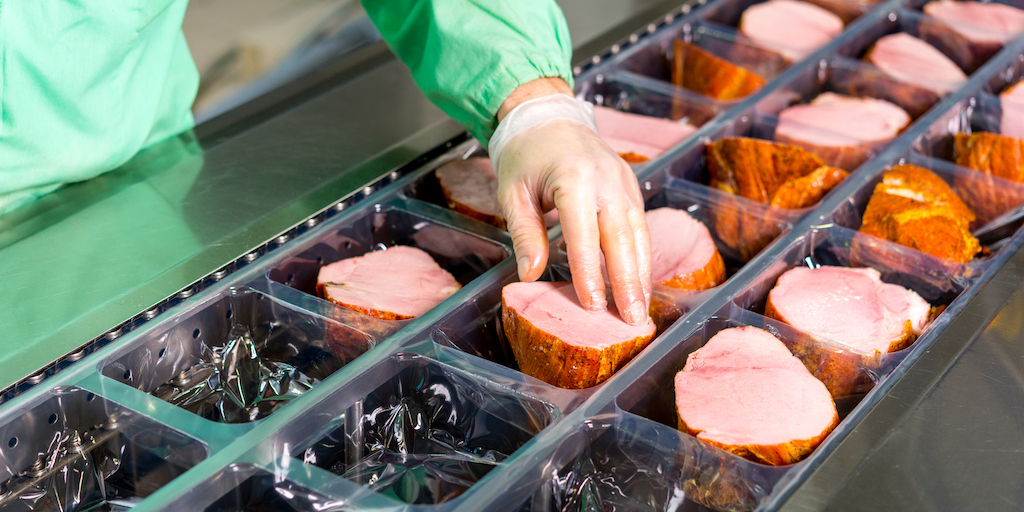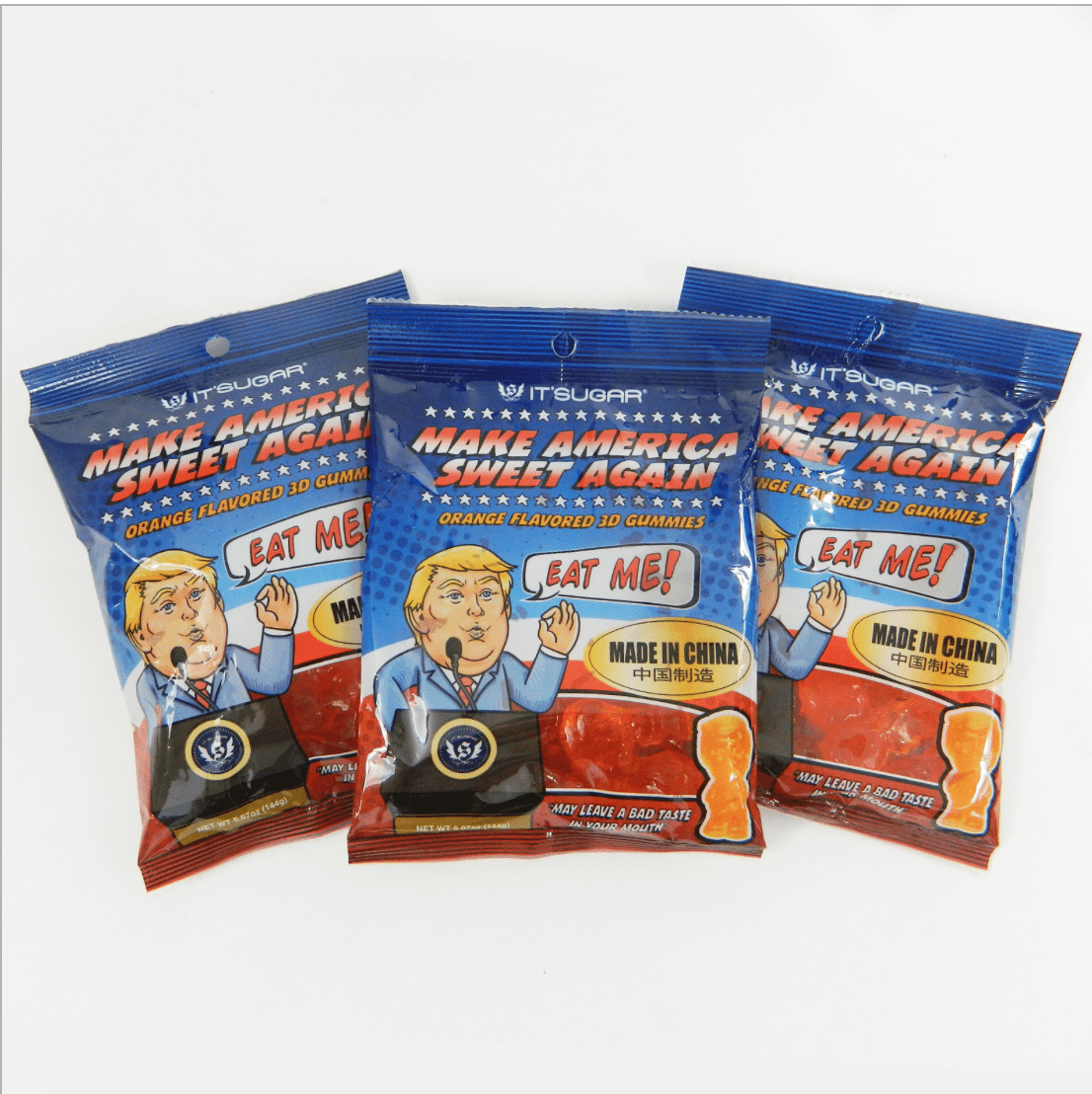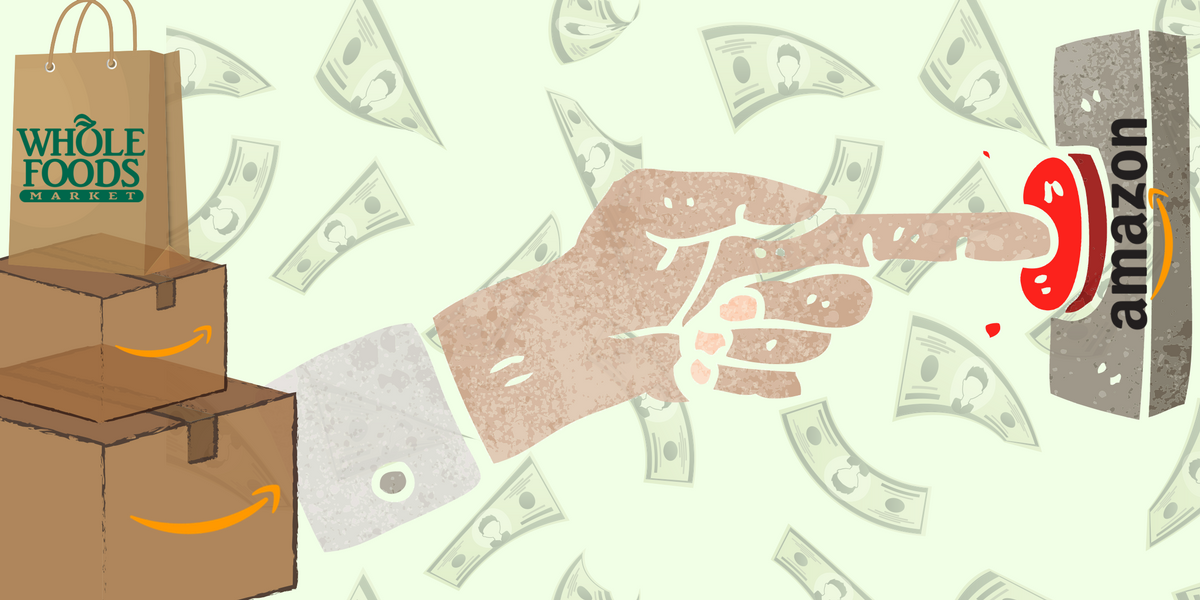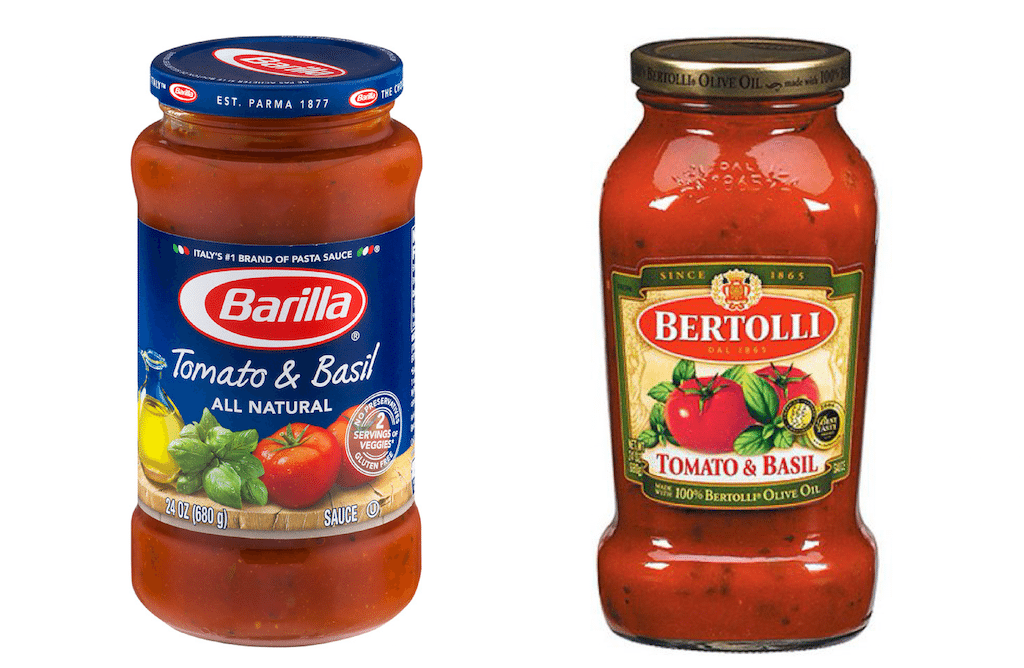Update, 11:41 a.m., EST: Last week, the Associated Press reported from Iowa that corn had officially been eclipsed by soy, citing farmers who said they plan to plant more of it this season than its golden cousin for the first time in 35 years. One million acres more, that is: 89 million to corn’s 88.
Jeez, it’s a heck of a time for the future of free trade to get caught up in a tariff tangle with China: April is soybean planting month for farmers in the Midwest and Delta regions.
The latest news, which broke on Thursday evening, is that President Trump has now instructed United States trade officials to consider an additional $100 billion in tariffs on the world’s second largest economy (or first largest, depending on whom you ask—and how you calculate). The further tariffs, he said, were “in light of China’s unfair retaliation” against the $50 billion in tariffs he already authorized, and that we detail below.
While it still feels too soon to call this punitive back-and-forth a bona fide “trade war,” the president’s $100-billion threat on Thursday yielded a similar barb from China, fired back, slingshot-style, at us. Reuters reported on Friday morning that Beijing has said China is fully prepared to respond with a “fierce counter strike” should the U.S. follow through on its latest provocation.
And while it’s tough to say what’s at stake for the president politically if tariffs cripple the very farmers who helped make his election possible, the threat to our agricultural export market is real—and really tangible. Three words: Soybeans. Corn. Pork. Not to mention wheat, cotton, beef, nuts, and citrus, among other products.
China is our biggest customer and overproduction our greatest vulnerability. It’s a tense time for many producers, especially soybean farmers—China is the world’s largest importer of American soy, buying over 50 percent of U.S. soybean exports each year.
“As you’re driving down the road and see soybeans, almost every third row is going to be exported to China,” Kim Kohls, a farmer from Moundridge, Kansas, tells New Food Economy by phone. As a young farmer who chose 2018 to get into the soybean business, the tariffs are an especially threatening proposition for Kohls. Last year, she and her husband Kevin began the expensive process of launching a farm career, with all the standard startup costs: land, machinery, seeds, and chemical inputs. “It’s a little scary on our end for sure,” says Kohl, who grew up on a farm in Kansas. “Our livelihood is based on soybeans, being one of the main crops we grow.”
“We’re hoping for the best—that this doesn’t take place, and that the administration eases out of it somehow,” she says. “But we’ll see as we go forward, and we’ll deal with it as it comes.”
Tariff headlines abound, but if you really want to understand what it feels like to be a farmer right now—or, hey, it’s cool: understand tariffs themselves—here’s what you need to be listening to and reading.
“The Daily” podcast from the New York Times on Thursday featured the most human trade story you’re likely to find: that of Eldon Gould, an Illinois corn and hog farmer trying to reconcile his support for President Trump with his growing tariff fears.
Nancy Marshall-Genzer over at APM’s Marketplace does tariffs 101 for those of us who want to get beyond what-if and into some basics. Like, who the heck collects a tariff and where does it go, anyway?
Axios calls soybeans “an unlikely political ground zero,” Politico’s Morning Ag ponders whether trade troubles could further delay the farm bill, and Bloomberg talked to farmers in Iowa, Minnesota, North Dakota, and Iowa. There, you’re all caught up—for now.
